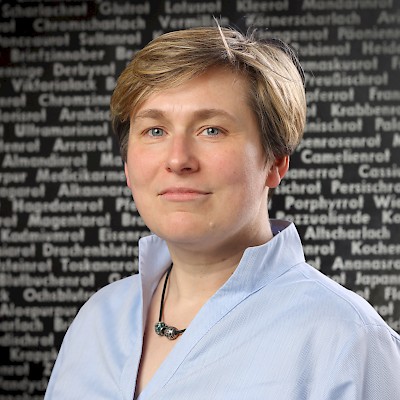Dr. Katharina Lorenz is a Classical Archaeologist, Art Historian and Digital Humanist. Her research interests are: the cultural contexts of Greek and Roman art, currently with a focus on Roman portraiture; the historiography of (ancient) art history, in particular the methodologies developed in this domain; and digital heritage engagement.
Katharina is an Associate Professor in Classical Studies in the Department of Classics and the Director of the Digital Humanities Centre at the University of Nottingham. Previously, she studied at Berlin, Oxford, Rome and Heidelberg and was an associate member of the research group Image - Body - Media (Institute for Visual Media, Centre for Art and Media, Karlsruhe) and a lecturer at Justus-Liebig-Universität Giessen.
Identity and Individuality in the Study of Roman Portraiture
The historiography of the study of Roman imperial portraiture demonstrates the impact of methodological frameworks on knowledge production. The forms of analysis proposed during the nineteenth and twentieth centuries mark transformations in the approach to portraiture, especially in what is revealed about the individuals portrayed. This reconceptualisation of the figuration of individual lives would have significant ramifications across classical-archaeological and other Humanities study. This project investigates the conceptual developments in Roman portraiture studies and their effect on the historical reconstruction of the lives of individuals. Specifically, it focuses on the transition from an interest in individualising facial traits and their reception aesthetics towards collectivising hair patterns and their production aesthetics – a seemingly paradoxical shift, given the initially strong focus on the reconstruction of individuality and historical identity in the discipline. The project will examine this shift through four case studies. To establish its analytical rationale, the project starts from (a) the developments in Roman portraiture study between the 1880s and 1930s, juxtaposing them with (b) contemporary art-historical practice, specifically the Vienna School. To determine the impact, reach and legacy of the shift, it ends with (c) the Roman Iconology project of the 1970/80s, and (d) modern biometric facial analysis.
